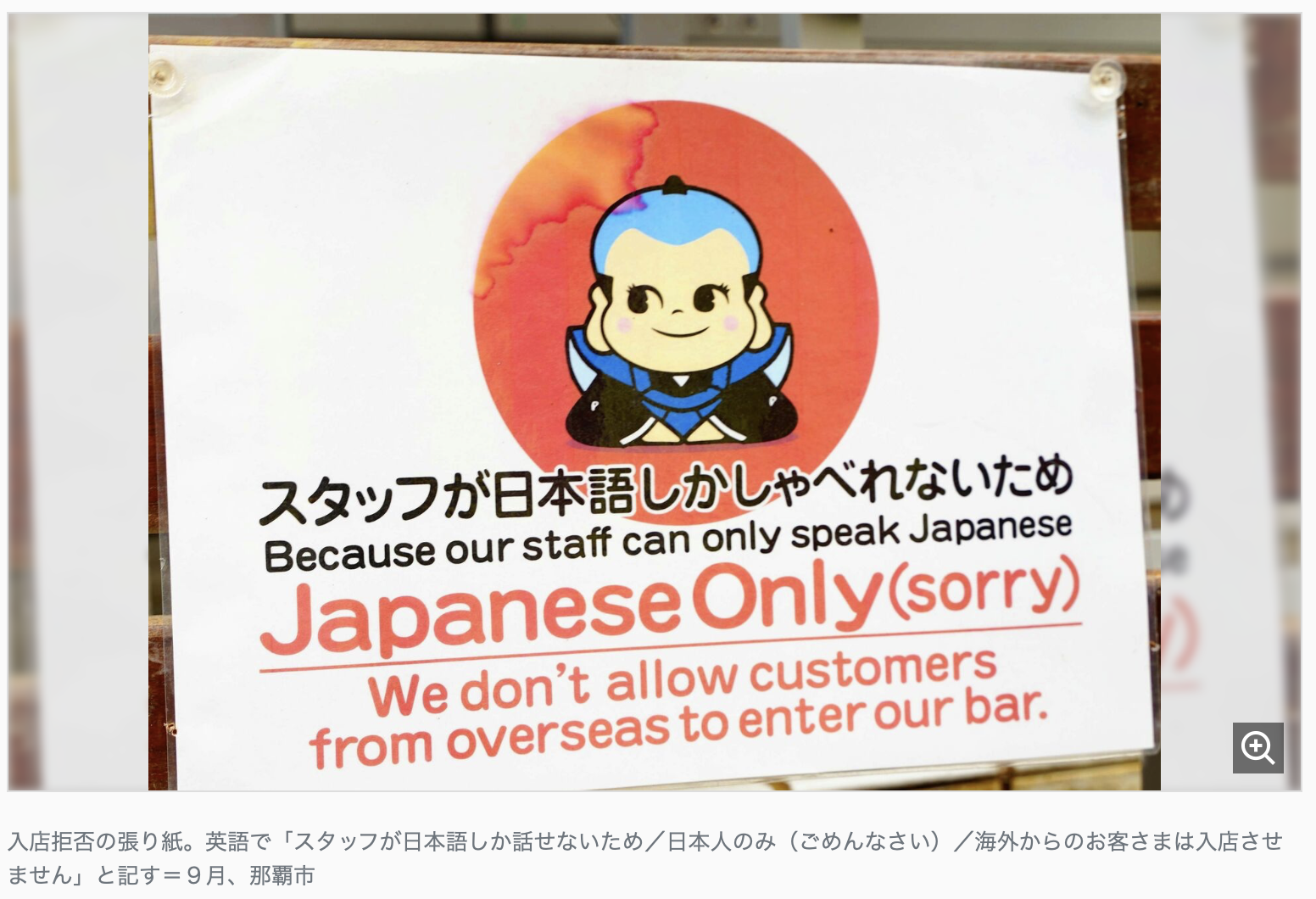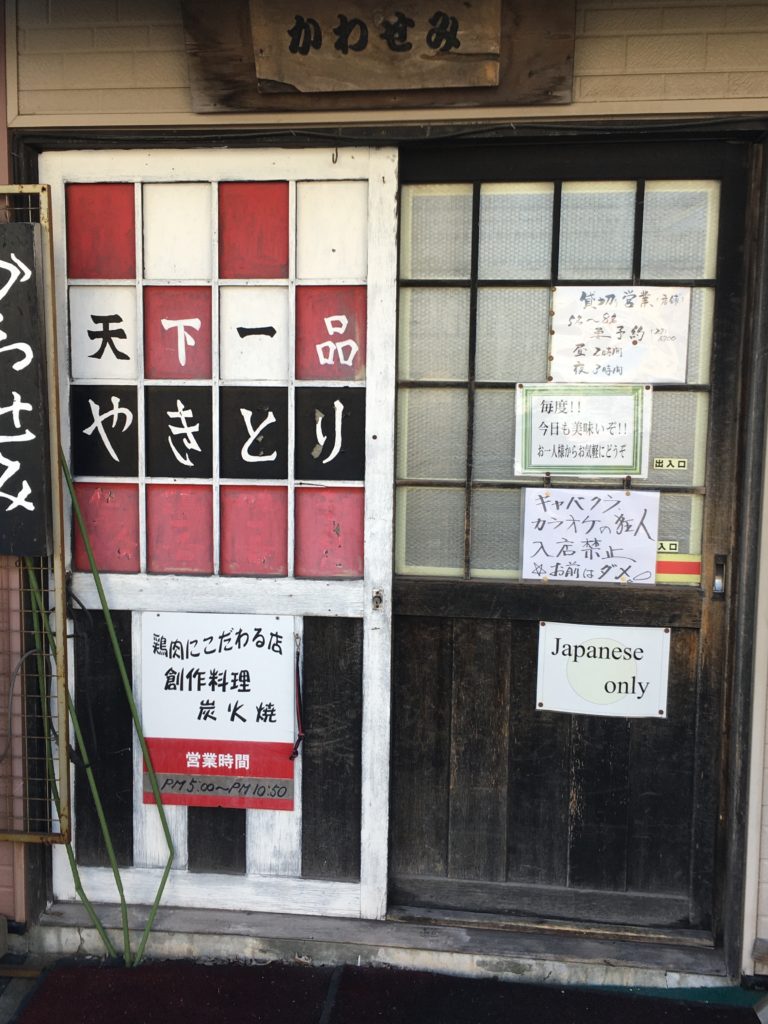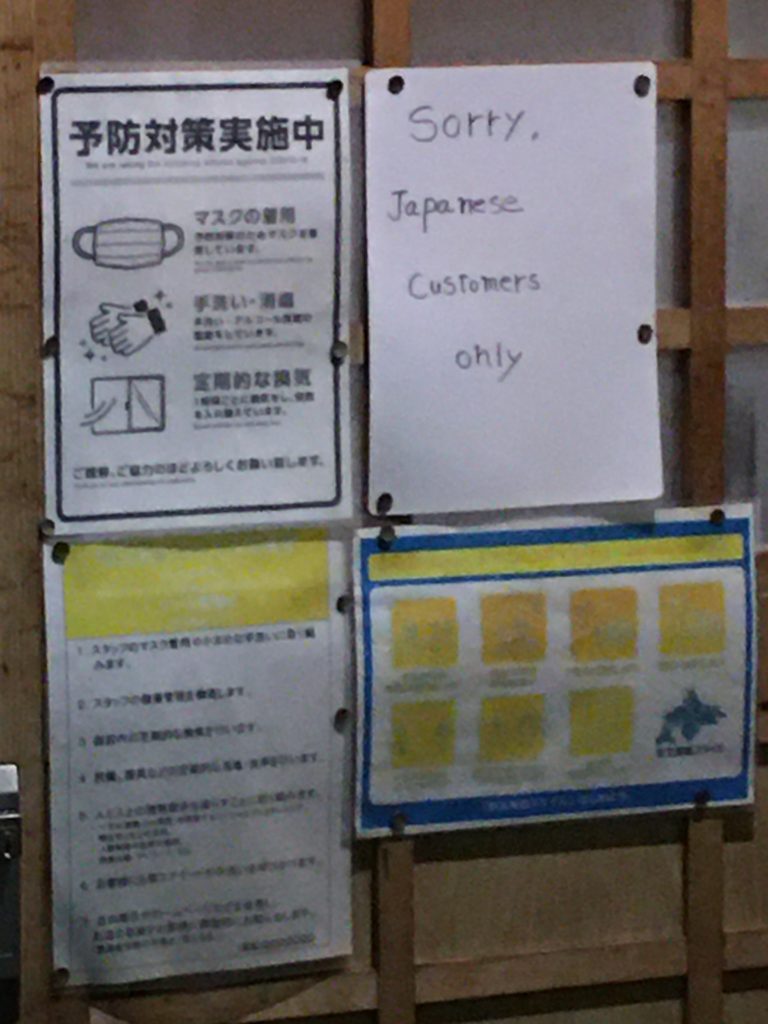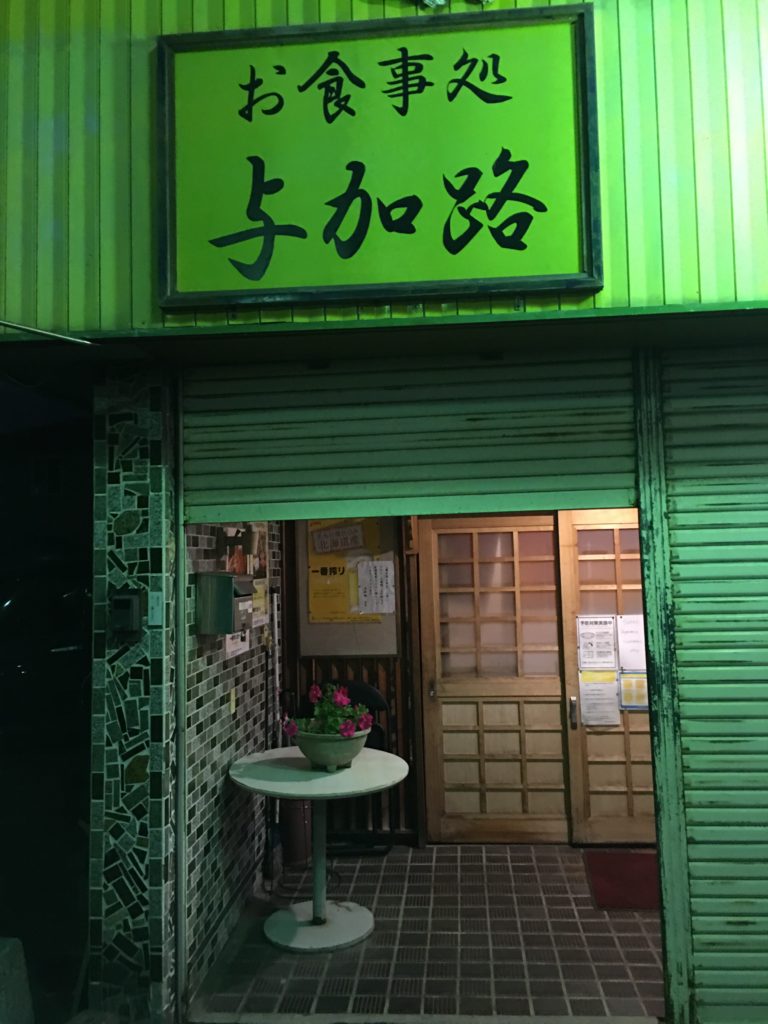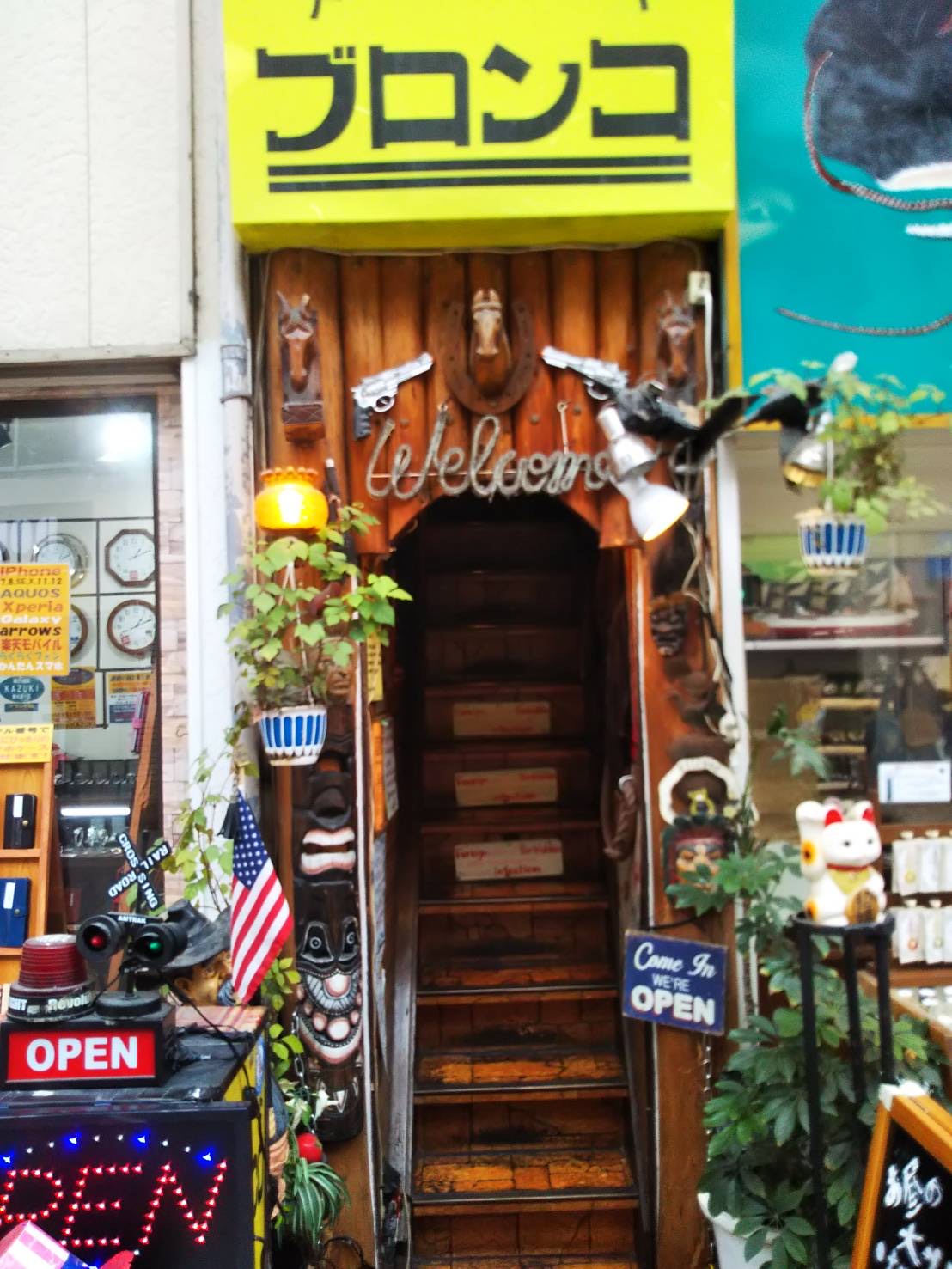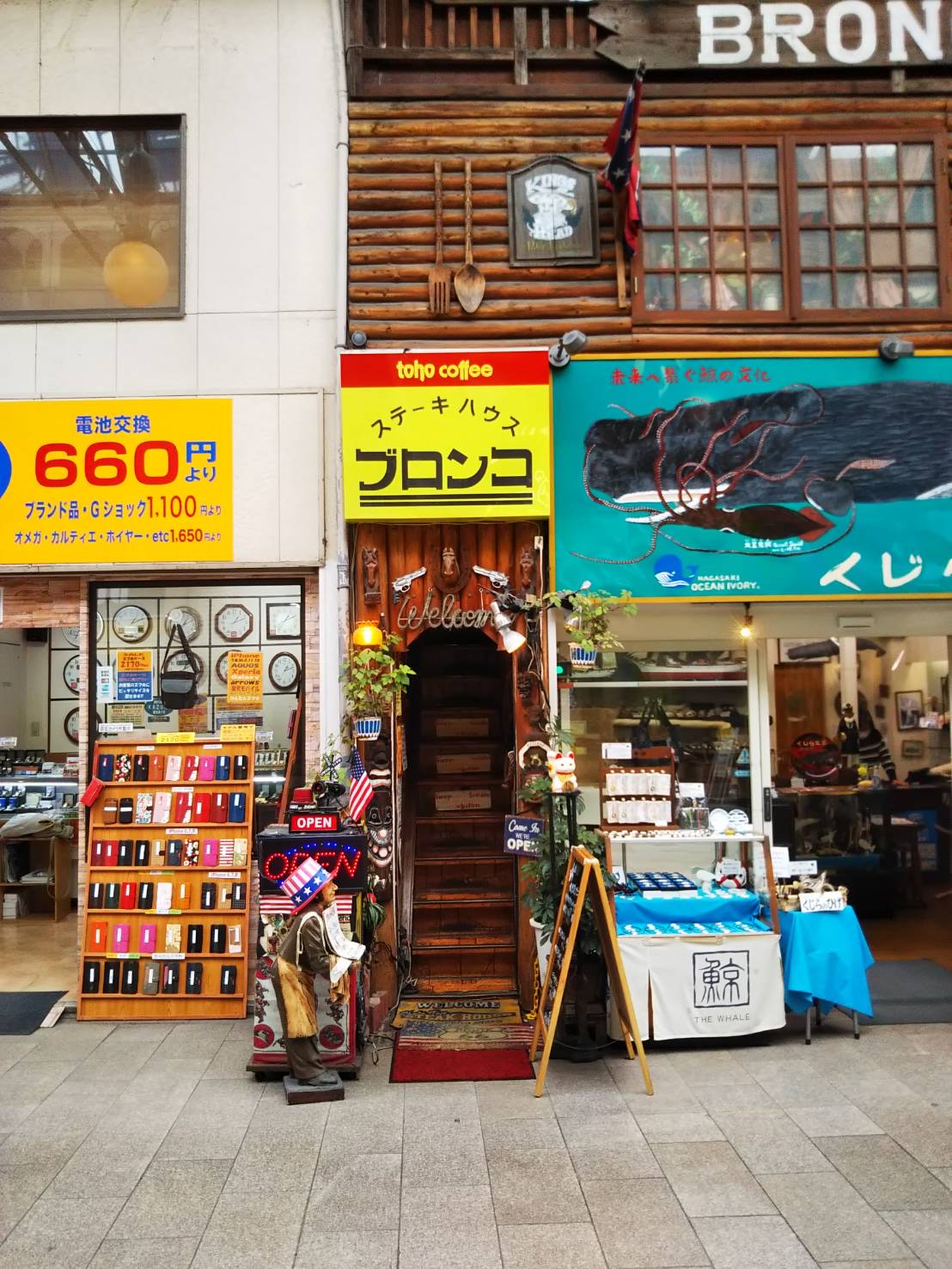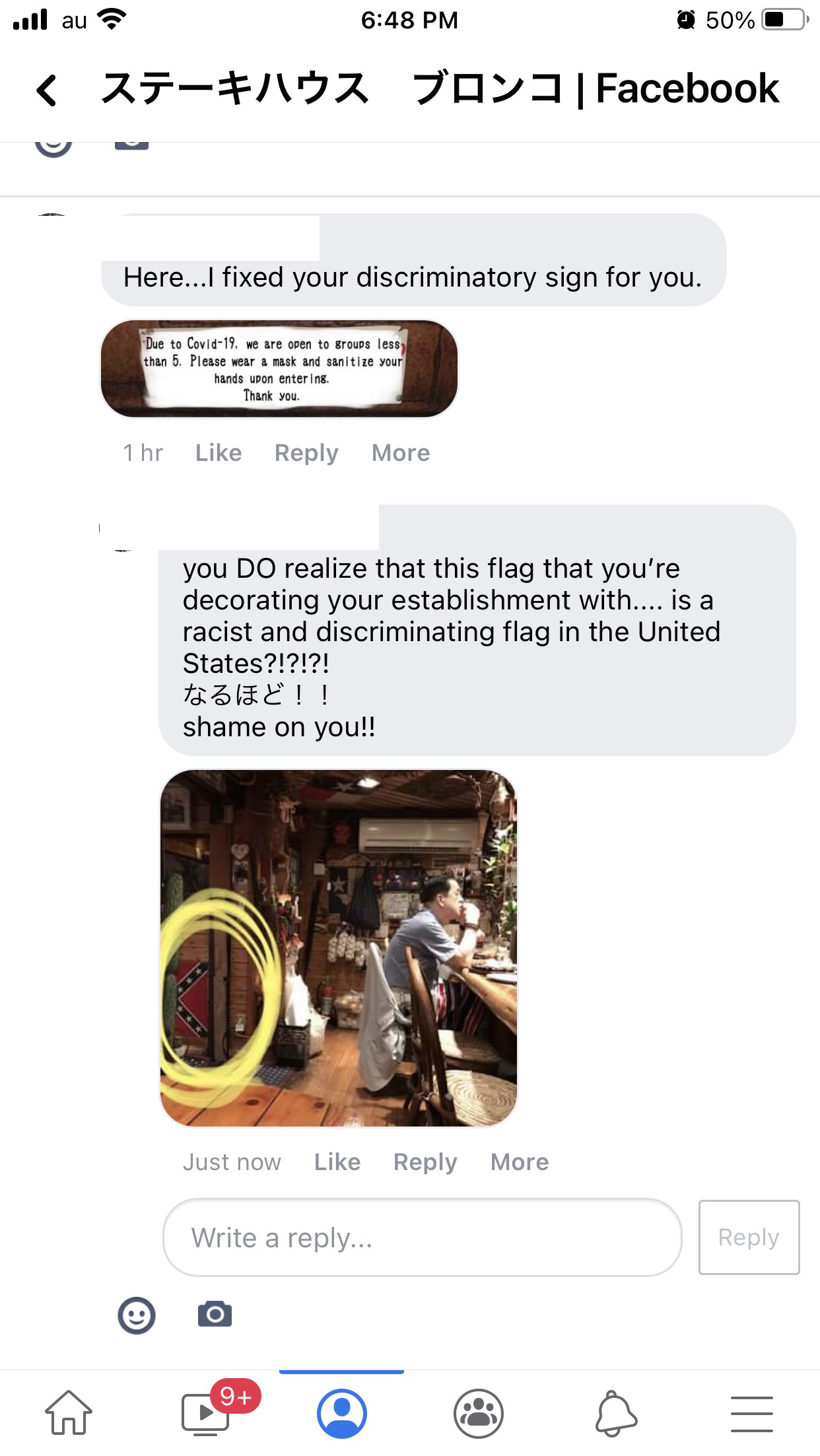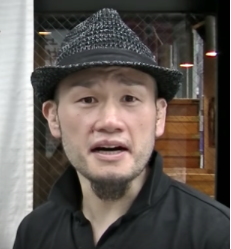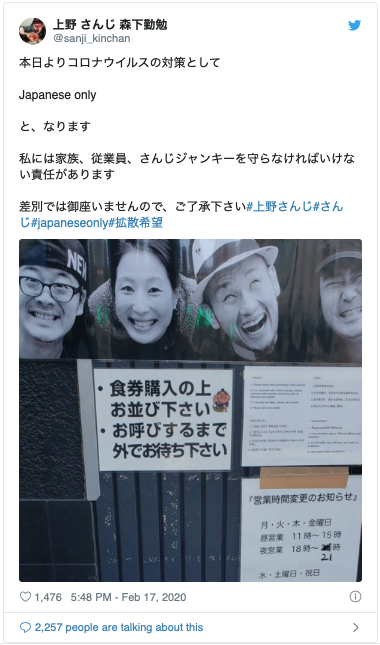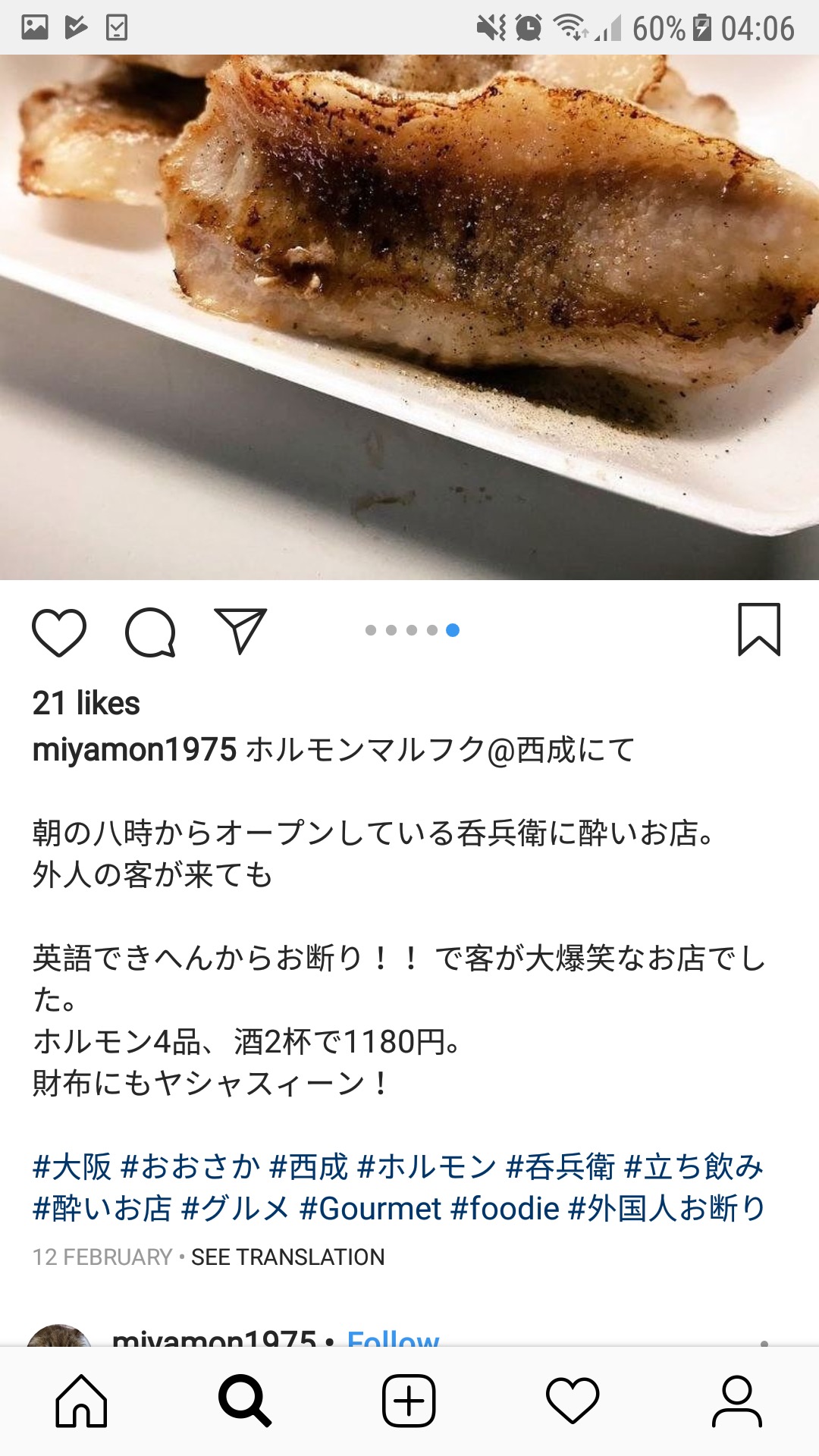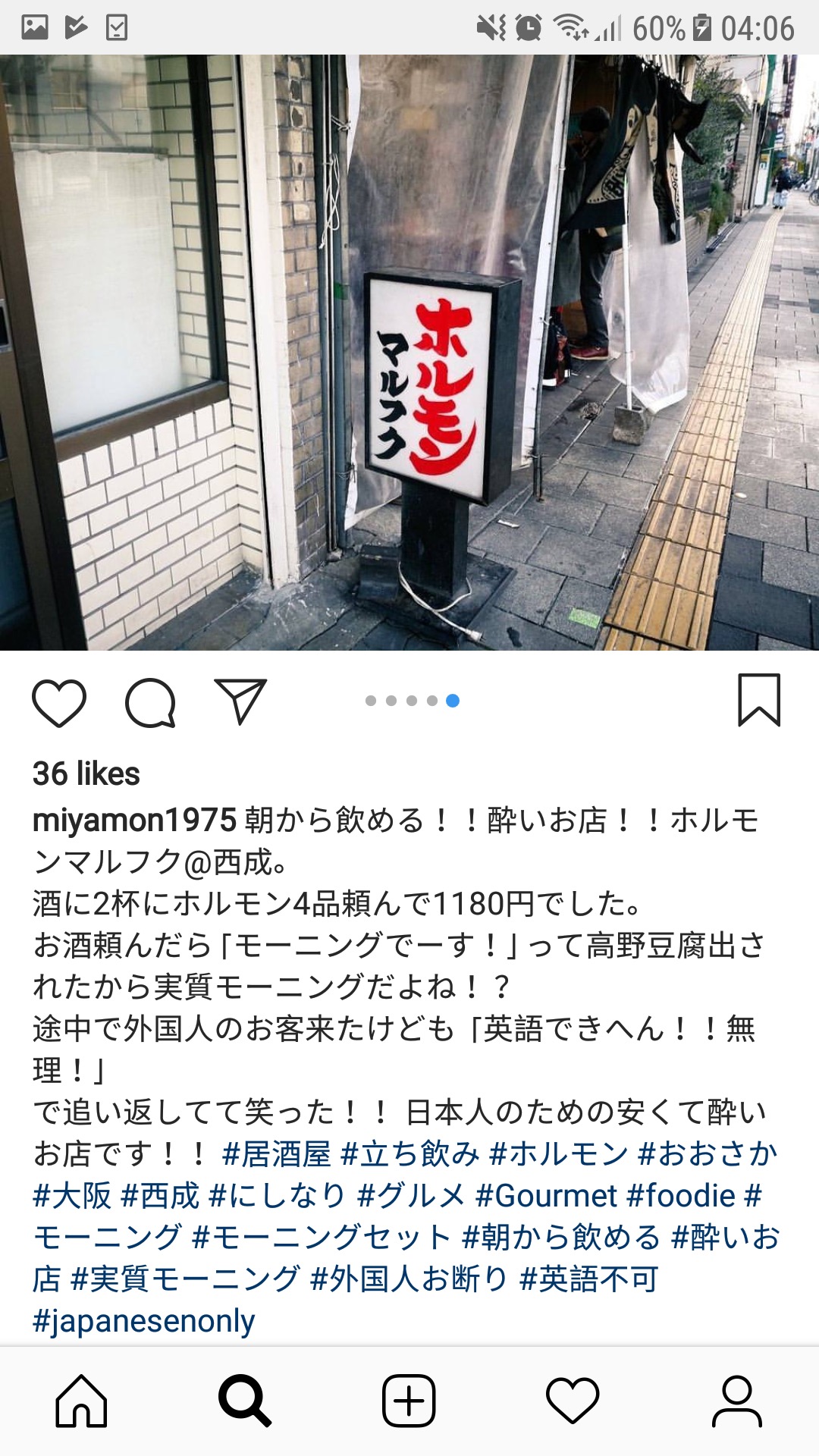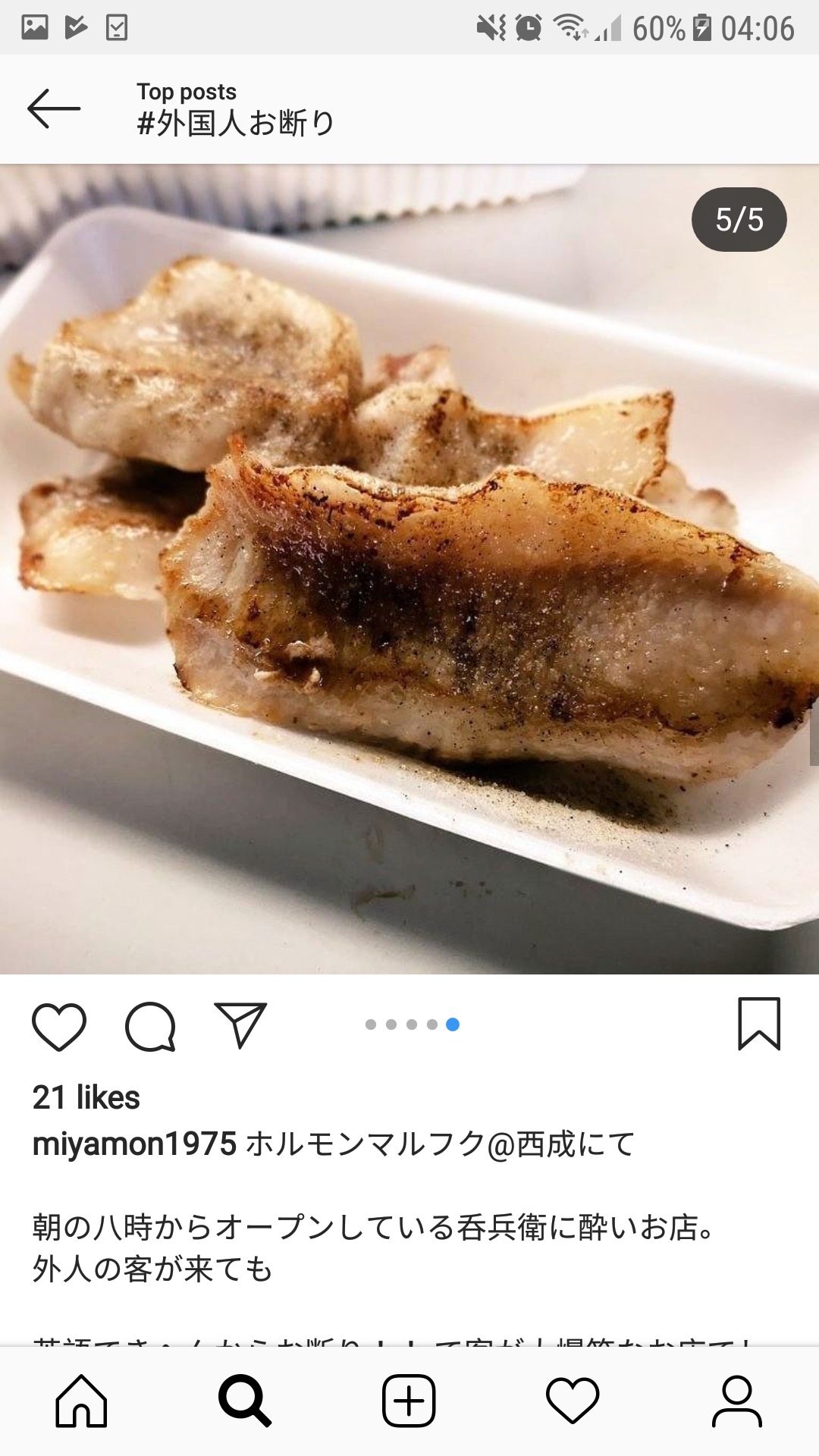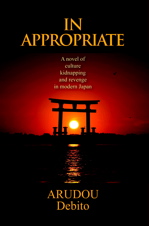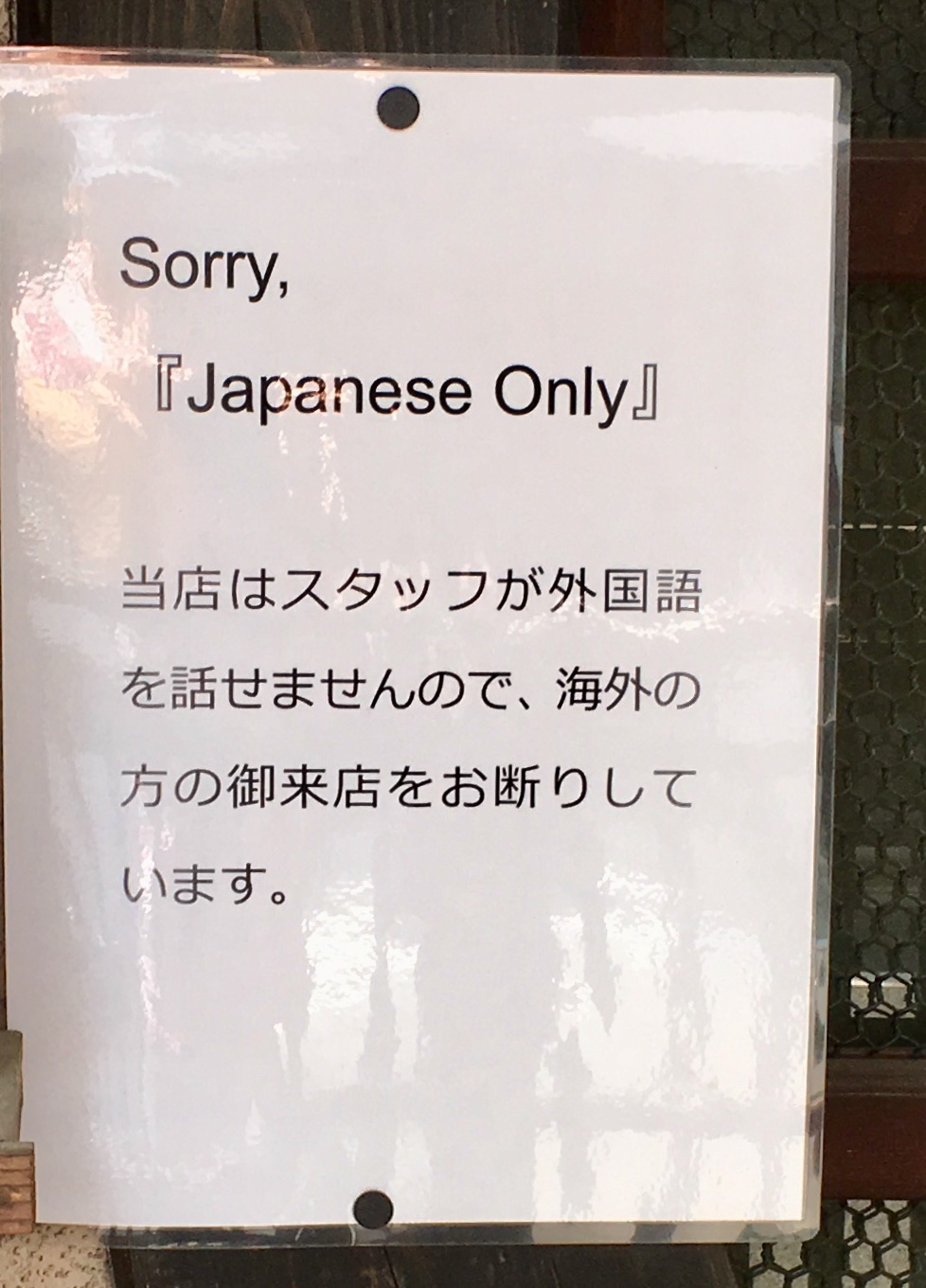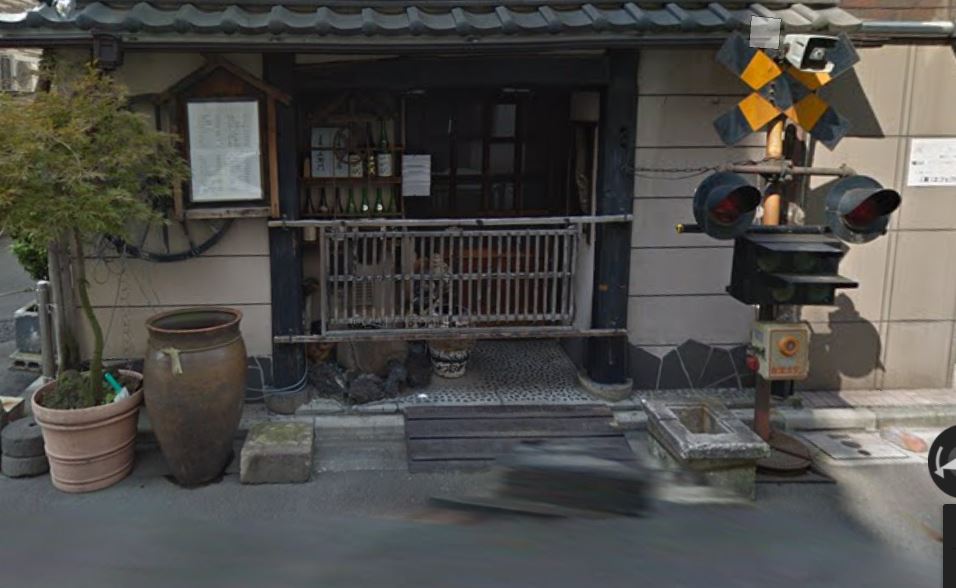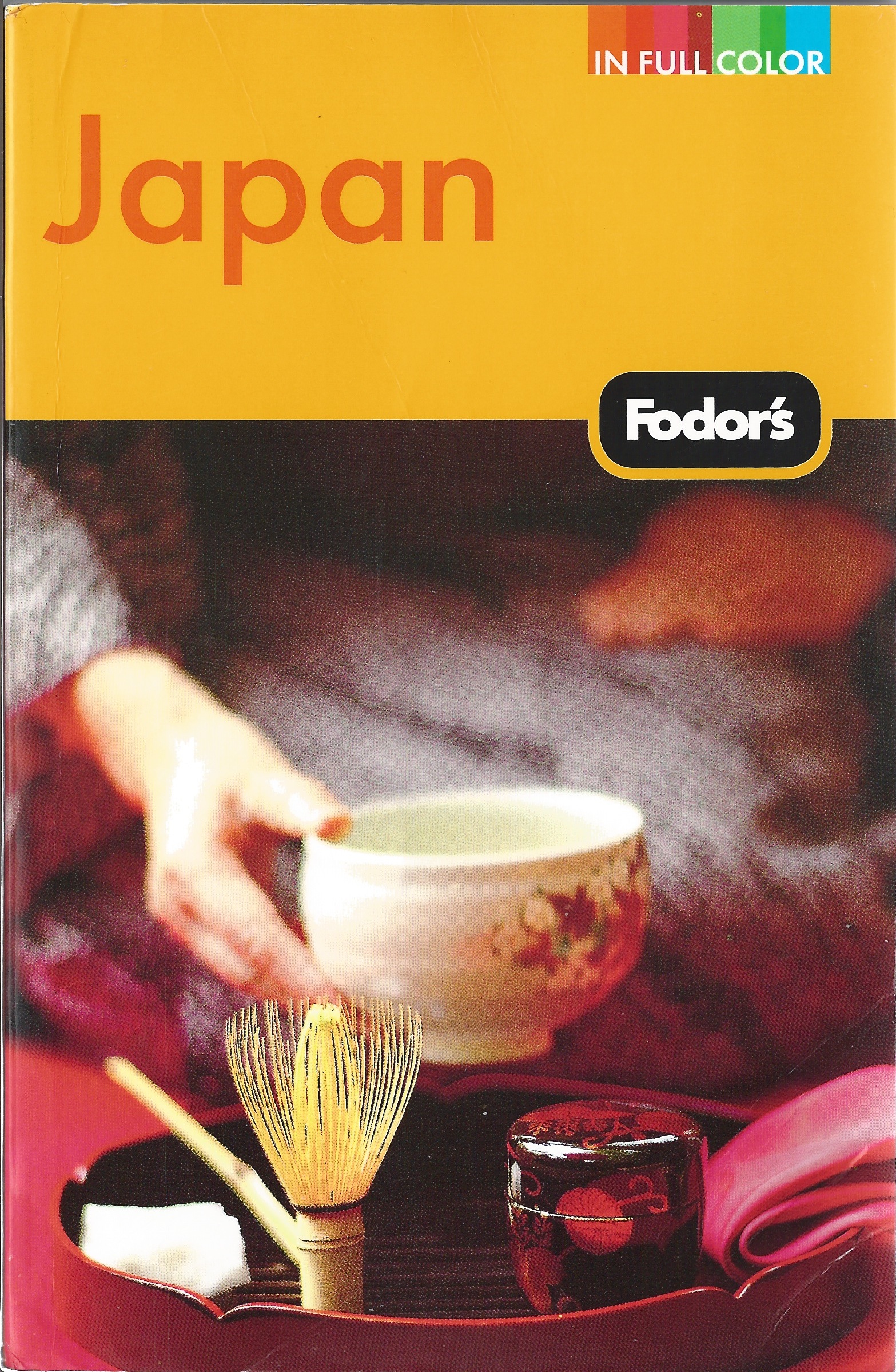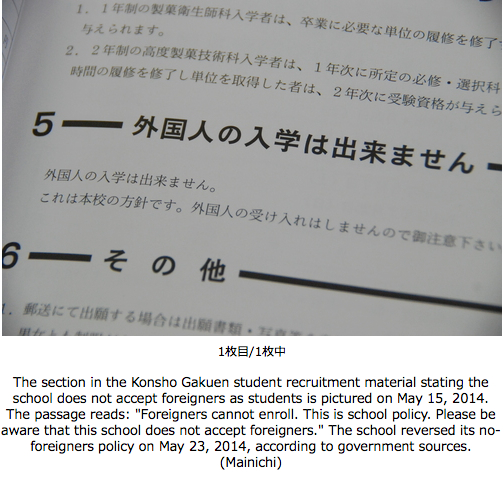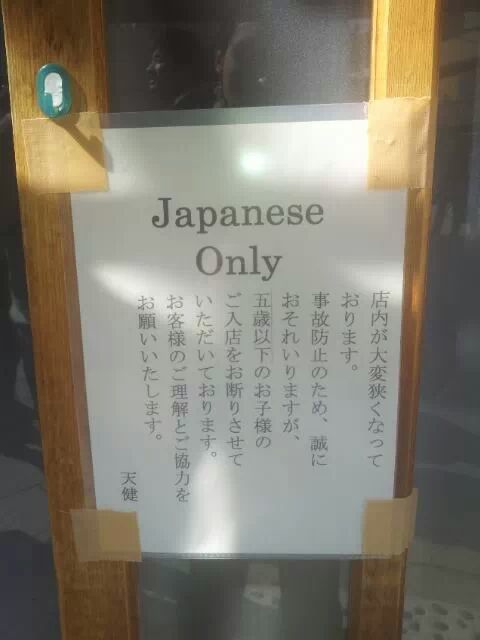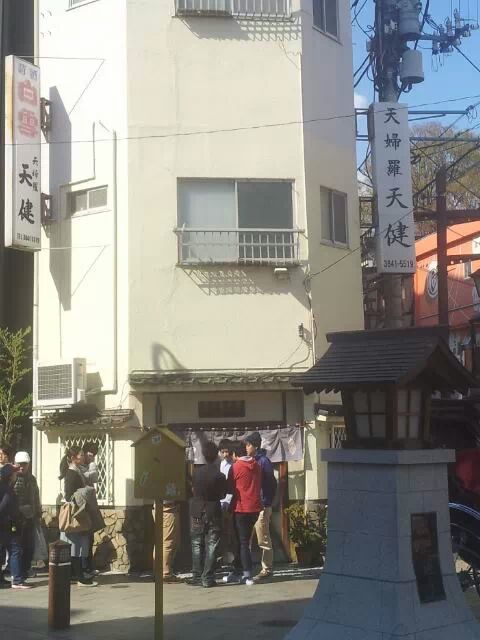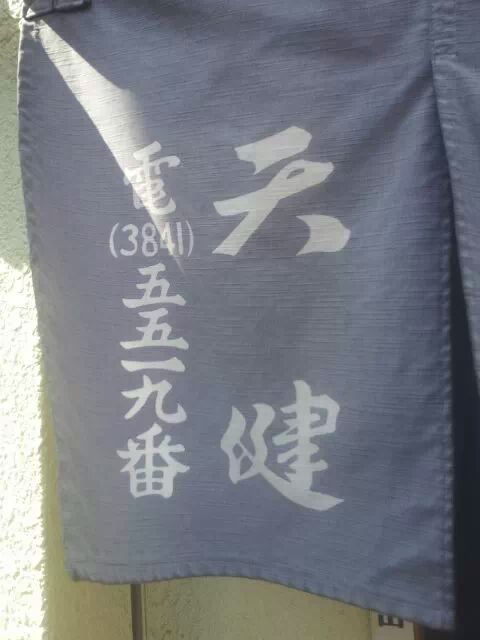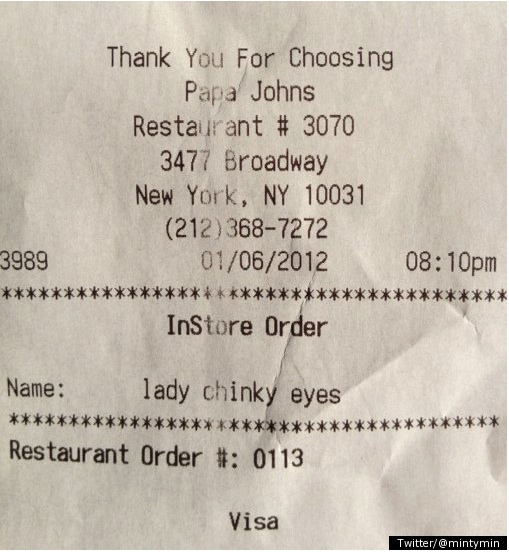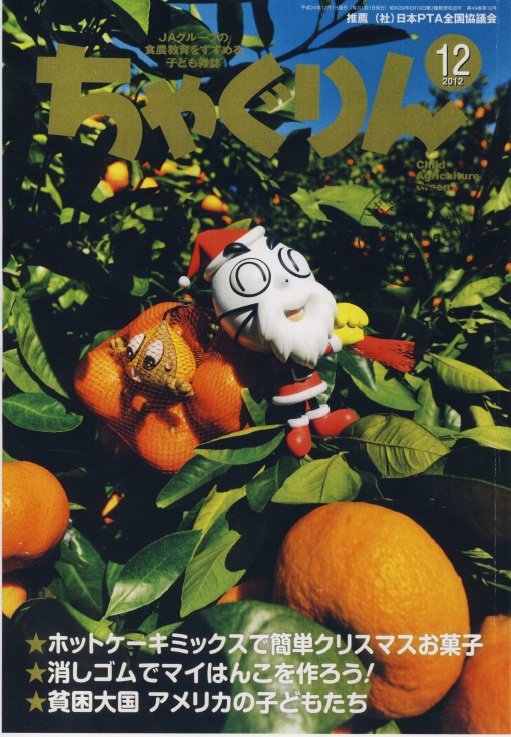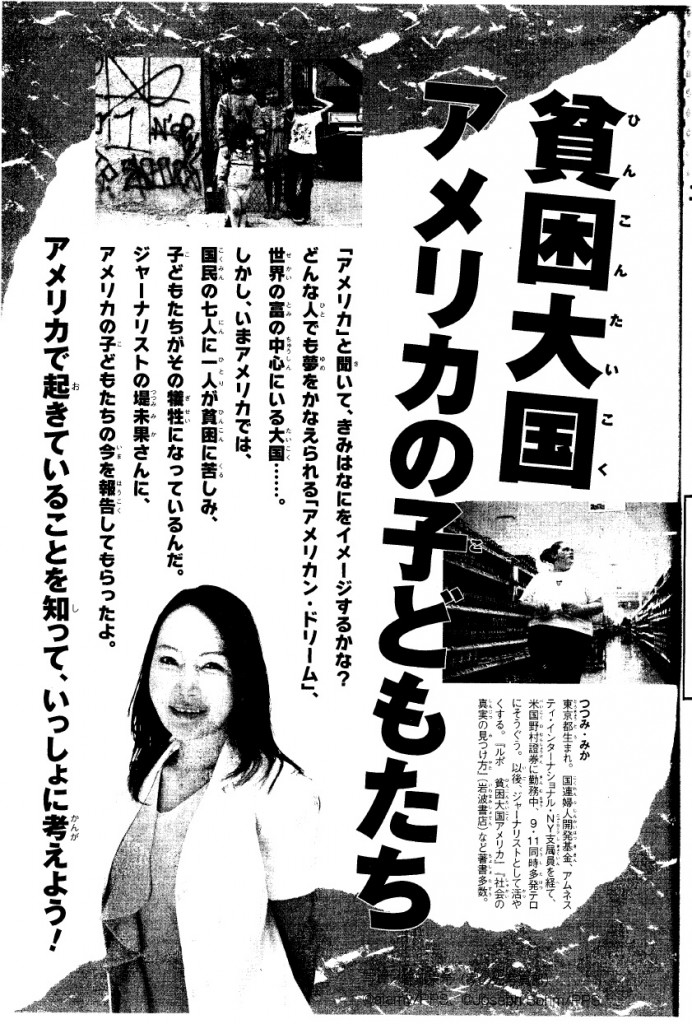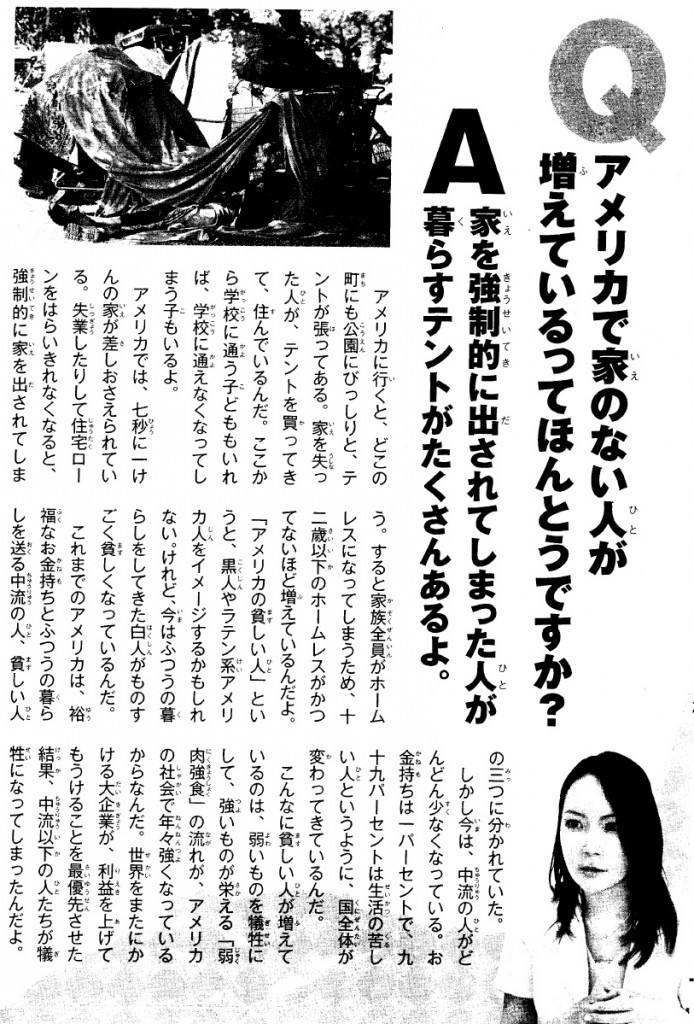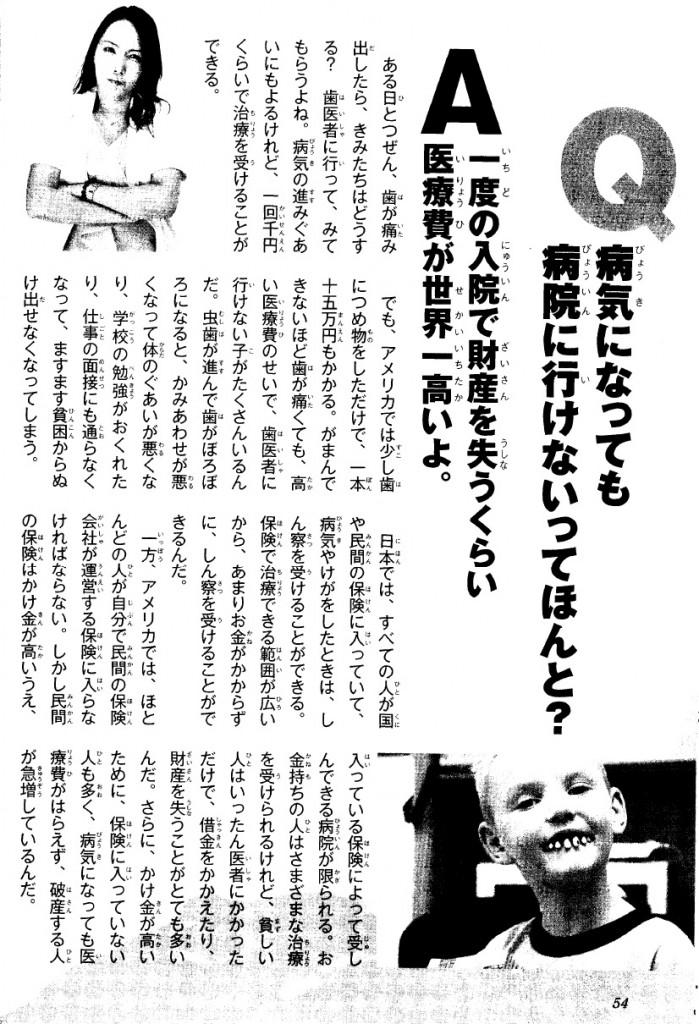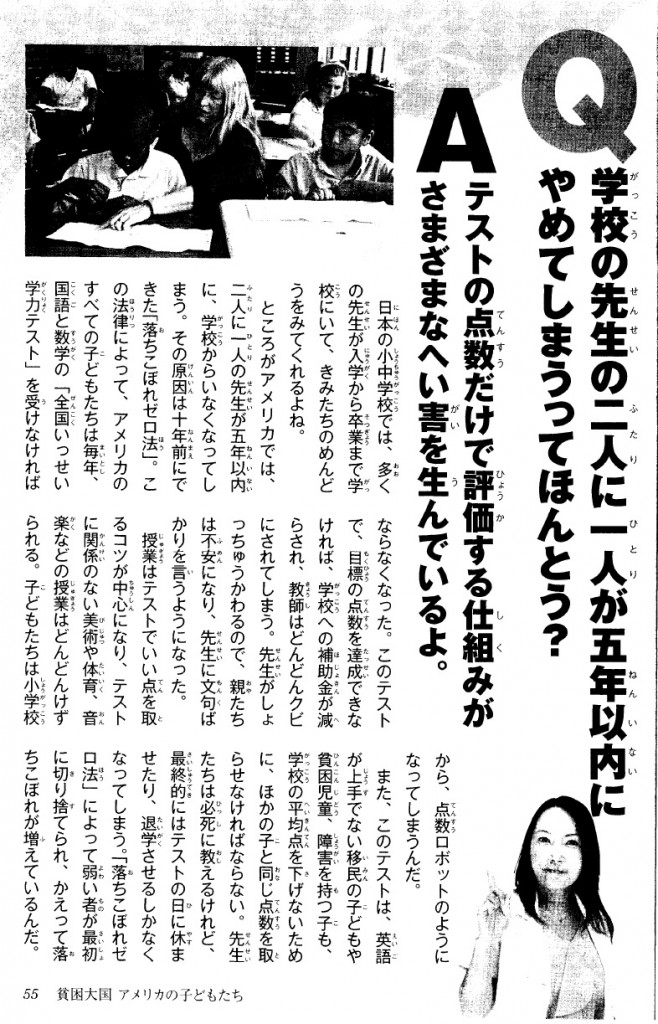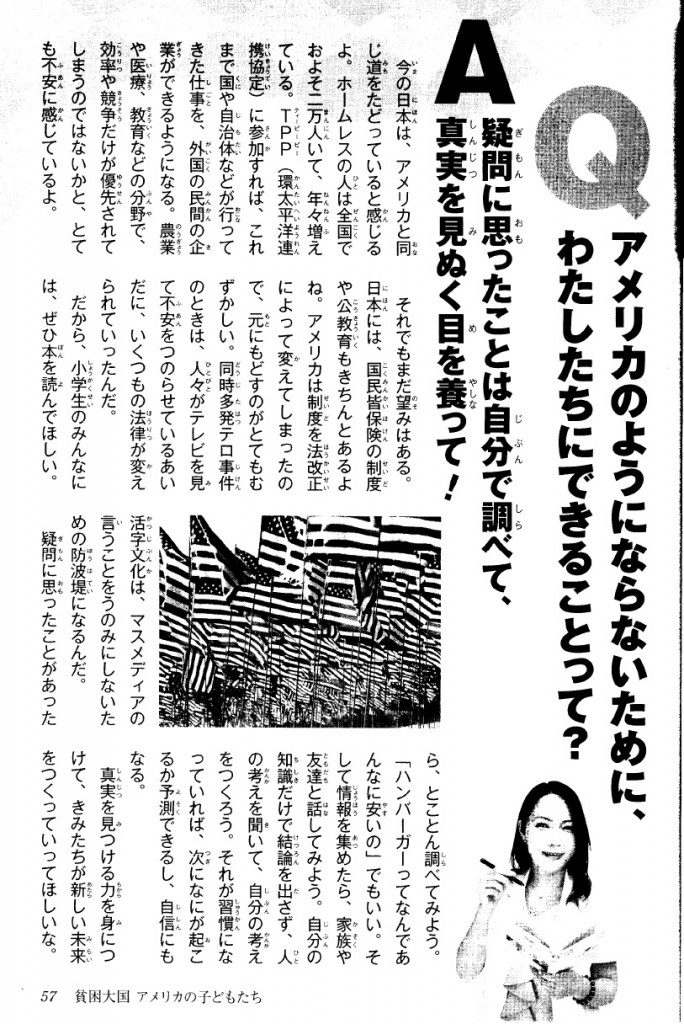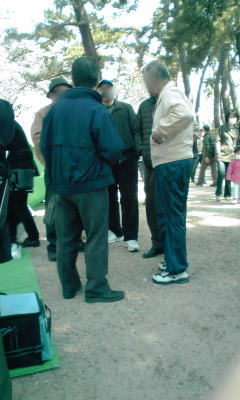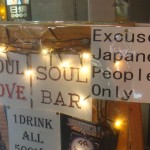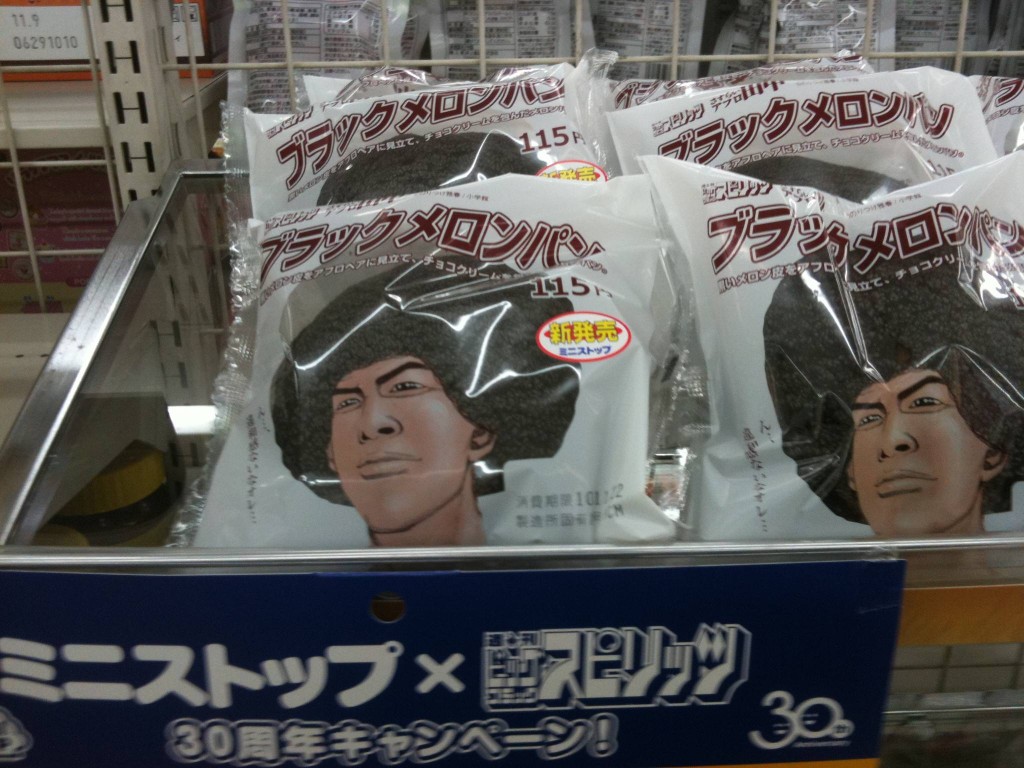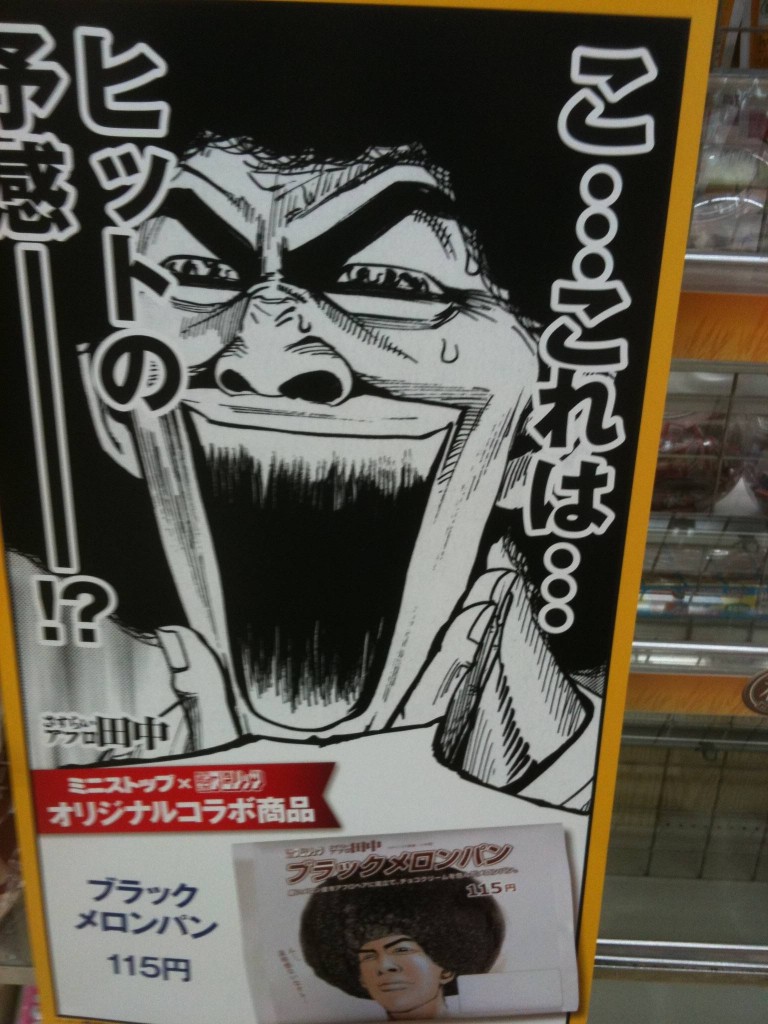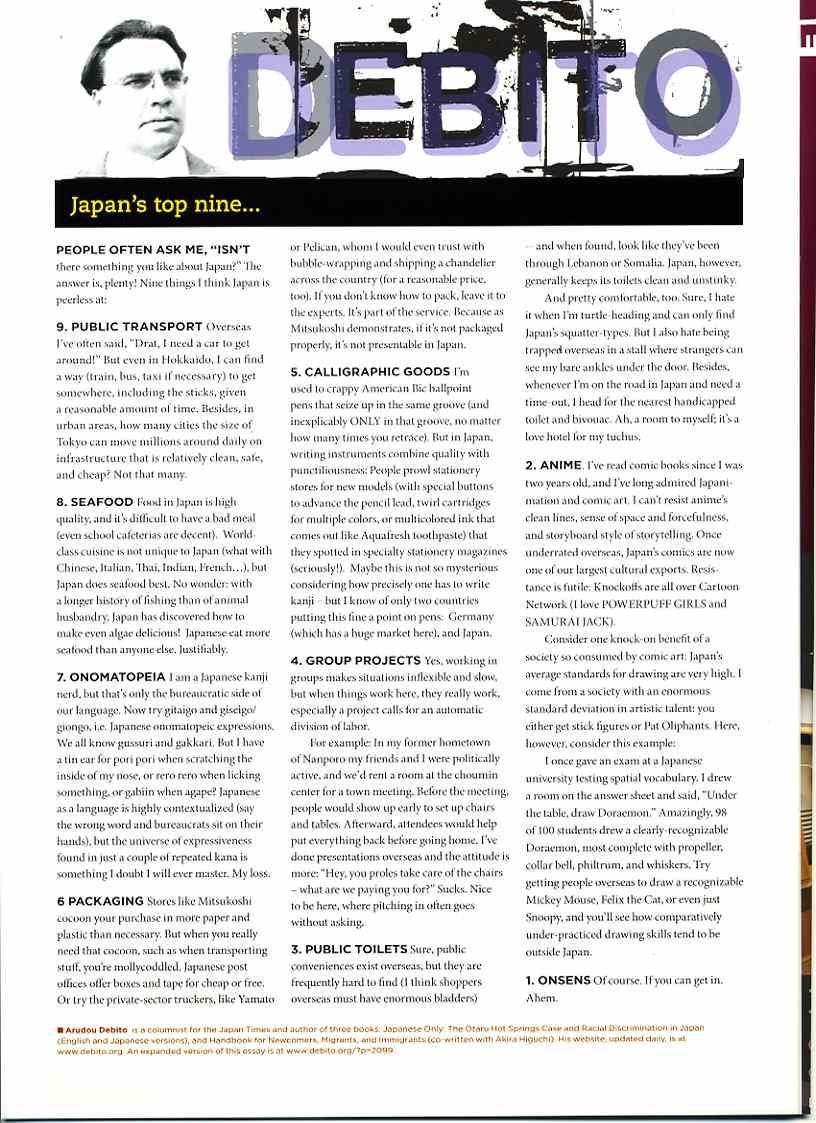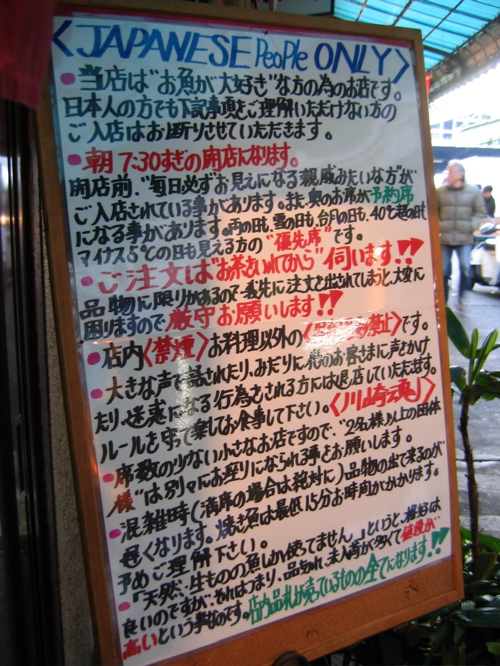mytest
Books, eBooks, and more from Debito Arudou, Ph.D. (click on icon):
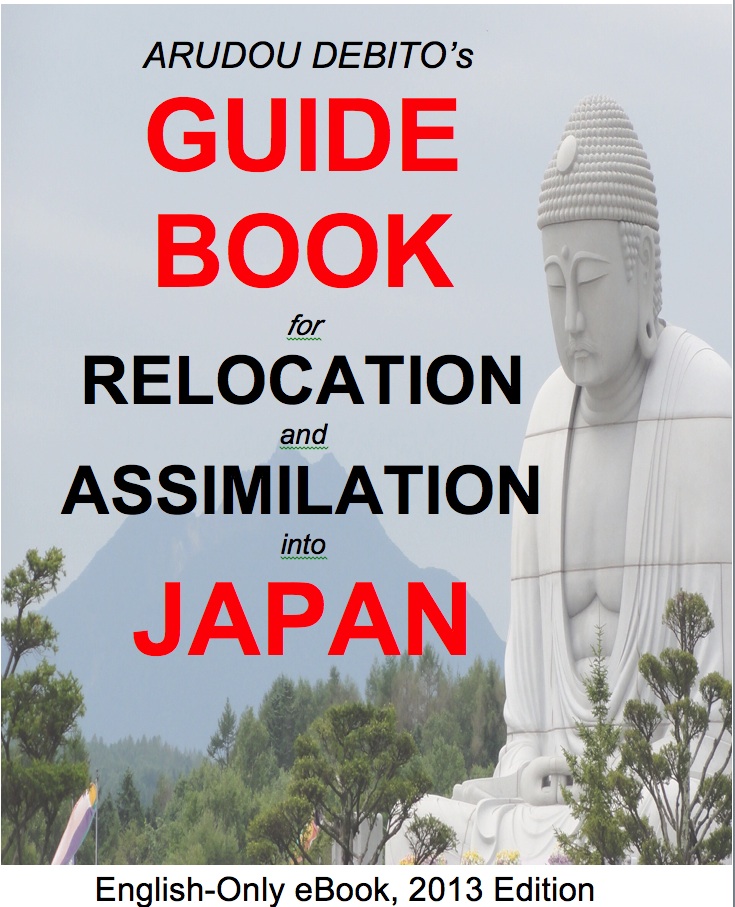
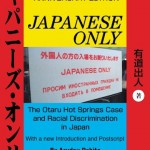
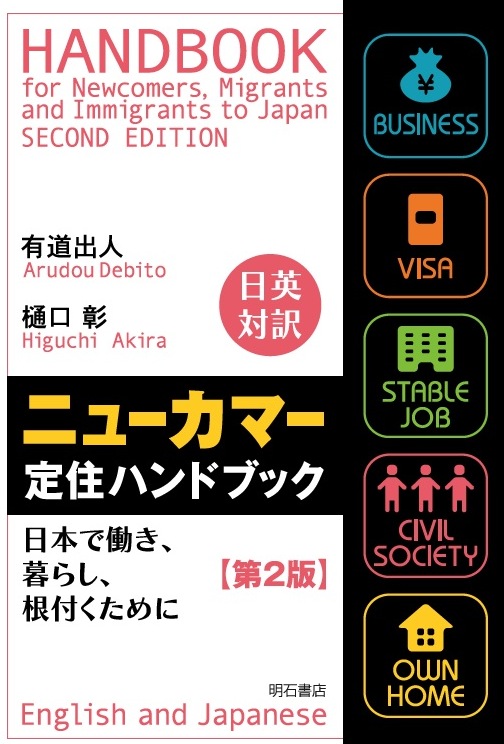


![]()


UPDATES ON TWITTER: arudoudebito
DEBITO.ORG PODCASTS on iTunes, subscribe free
“LIKE” US on Facebook at http://www.facebook.com/debitoorg
https://www.facebook.com/embeddedrcsmJapan
http://www.facebook.com/handbookimmigrants
https://www.facebook.com/JapaneseOnlyTheBook
https://www.facebook.com/BookInAppropriate
Memory-holing the “Japanese Only” signs
Exclusionary businesses have a long history in Japan, and people seem to be forgetting it. Here’s a reminder from somebody who has studied them more than anybody.
By Debito Arudou. Shingetsu News Agency VM 50, October 31, 2023
News Item: The Okinawa Times reported that an izakaya pub in Naha put up a sign saying, in a mix of English and Japanese, “Because our staff can only speak Japanese, Japanese Only (sorry). We don’t allow customers from overseas to enter our bar.” Once it made the news, the local government tourist agency intervened, and after some weeks and back and forth, the bar took the sign down.
For this, my 50th column for SNA, I’d like to take the reader on a little nostalgia trip through a project I’ve been working on for a quarter century: “Japanese Only” signs.
I’ve investigated and interviewed hundreds of these exclusionary places, published and updated seven books on this issue in English and Japanese, and curated on Debito.org the “Rogues’ Gallery of Exclusionary Establishments” since 1999 to make sure this issue doesn’t get memory-holed.
For it seems that memory-holing is happening. A SoraNews24 article on the Naha Case didn’t do much research, claiming somehow that, “Bars with Japanese-customers-only policies aren’t unheard of in Japan, but they’re becoming increasingly uncommon in the modern age. Moreover, when you do come across such establishments, they’re generally dedicated bars.” (Incorrect. The highest incidents of exclusionary rules are in fact hotels.)
Then we get to the public reaction to the news. When I put it up on Debito.org, some readers were defensive as usual, basically ranging from the “self-othering” by the Guestists (quote: “I understand why they do it. I’m not offended. It’s their business and country.”) to the Ostriches who prefer, in spite of decades of evidence to the contrary, to bury their head in the sand and pretend the problem simply doesn’t exist (quote: “You are overdramatizing things. It doesn’t say we do not allow foreigners. Being to those places as long as you speak Japanese you can enter anywhere. You have to see things from their perspective too you know. They don’t wanna get in trouble because a tourist doesn’t read nor understand. As simple as that.”)
But it’s not as simple as that. “Japanese Only” signs in fact predate the massive tourist influx to Japan over the past decade and thus cannot be blamed on them. Yes, signs have popped up here and there since foreigners were allowed back in after the pandemic, but the earliest signs I’ve been able to verify started in 1992, when public baths in the city of Kofu put up signs refusing foreigners — particularly foreign women imported during the Bubble Era to work as bar hostesses and in the sex trades — due to the contemporary fear of AIDS (which of course was linked to foreigners). Fortunately, once the Kofu Case hit national news, the city health department intervened, demanded the bathhouses cease excluding, and educated the public about how AIDS is actually transmitted (i.e., not through shared bathwater or bathhouse).
But then it bubbled up again in Otaru, a seaport in Hokkaido, when in 1993 “Japanese Only” signs went up in a couple of public baths ostensibly to bar Russian sailors shipping in seafood from former Soviet waters. However this time local media and government ignored the situation, because they knew the locals have a “thing” about about Russians.
After WWII, many Japanese who lived in wartime-occupied Sakhalin and the Kuriles were forcibly repatriated by international agreements, and most emigrated to Hokkaido in general and Otaru in specific. Memories are long in a defeated people, so they ate the Russians’ seafood but drew the line at “smelly, scary, and drunk Russkies” (their words) sharing their public baths. And up stayed the exclusionary signs for years.
How on earth can this happen? Because in Japan, “Japanese Only” rules are unconstitutional but not illegal.
Unconstitutional because discrimination by race is explicitly barred under the Constitution of Japan (Article 14). Not illegal because Japan is the only developed democratic country without any law in its civil or criminal code specifically banning racial discrimination (jinshu sabetsu).
And it shows. Compare what would happen if a business open to the public put up a “no foreigners” sign in other developed democratic countries. Civil rights laws would kick in and the local civil rights division would probably get their their business license suspended. Media would also make an issue of it. There might even be boycotts, spray paint, and broken windows.
Not in Japan. Quite the opposite, actually. When we took up the abovementioned Otaru Case in 1999, we actually had people and opinion leaders rallying on the side of the exclusionary establishments. They made sophistic arguments claiming that unique Japanese culture must be protected from allegedly illiterate, ignorant, and rampaging foreigners. (A column explicitly titled “Antiforeigner discrimination is a right for Japanese people” even appeared in The Japan Times.) Or that businesses could exclude anyone anytime for anything. (Try making that argument to the Burakumin, for example, and see how far you get.) One establishment mentioned that their patrons have bad WWII memories (to which we replied, “What about German customers?”)
But it wasn’t just offhand, ill-considered comments. The government was even complicit back then. The Potemkin department for overseeing discriminatory issues in Japan, the Ministry of Justice’s Bureau of Human Rights (which has only advisory, not punitive powers), actually coached the Otaru City Government in writing NOT to do anything about their “Japanese Only” bathhouses — because, they argued, it would legally carry no penalty!
And that’s only talking about the discrimination that’s clearly signposted. Now consider, for example, renting an apartment in Japan or trying to get a job at the “Hello Work” unemployment agency. Racist landlords and corporate practices are so normal that explicitly stating “no foreign applicants” in their descriptions is perfectly acceptable.
This is all really funny, because Japan signed a United Nations treaty in 1995 (the CERD) in which it promised to take all effective measures to eliminate all forms of racial discrimination. As the Naha Case proves nearly 30 years later, Japan was just going through the motions of a “developed country,” signing treaties without any intention to enforce them.
So why not just go elsewhere and spend your money at a place that won’t exclude you? Because the problem with leaving “Japanese Only” signs up is that covert discrimination in Japan becomes overt. Racism becomes an option for any bigot who obviously need fear no penalty.
History bears this out. After the Otaru Case made national and international news after 1999, exclusionary signs and rules spread nationwide across industries. This included bars, discos, internet cafes, restaurants, stores and shops, hotels, realtors, schools, and even hospitals. It goes without saying, but these industries have a fundamental impact on a minimum standard of living. It’s not just a matter of getting a drink in a bar. If there’s ever even the possibility that you can’t shop, stay, reside, receive an education, or get medical treatment, you’re in trouble.
So if you leave discrimination alone, it not only spreads — it mutates. Consider the most elaborate exclusionary sign I ever saw: “Chinese and naturalized citizens, war orphans, and children with mixed Chinese blood are absolutely refused entry. Only pure-blooded Japanese males only.” That’s grounded in some mighty specific prejudices.
But why do these places exclude in the first place? In my interviews over more than a decade, their standpoints range from, “Foreign customers were disruptive to my business” to “I personally hate foreigners.” Some who thought their prejudice through a bit more cite an apparently exclusive clientele that want their dining or bathing experience to be “foreigner-free.” Even those who never dealt with a foreign customer cited rumor to claim that something bad might happen, so the signs were a preventative measure.
All point to a pretty simple logic: If foreigners are let in, they’ll go bankrupt because Japanese customers will stay away. (Even though plenty of these places went under anyway despite their exclusionary policies. So maybe it wasn’t the foreigners after all.)
But here’s the most insidious thing: enforcement. To the gatekeepers, a “foreigner” can be determined on sight. This happened in practice when people who didn’t “look Japanese” enough were still refused entry even after they showed proof of Japanese citizenship. That means they excluded by race, not nationality. “Japanese Only” signs exclude Japanese too.
So you see, the “Japanese Only” sign in Naha was nothing new or all that simple. What’s new is that the Okinawa media and the local government played a role in getting it down.
After decades of thinking about this, I’ve come to the conclusion that seems to be the best route.
With the Otaru Case, we tried everything else. We spent more than a year negotiating with the exclusionary businesses, the local, regional, and national governments, and the general public. Then we spent much money and many years in Civil Court trying to get one place to open their doors and one government to take responsibility for their years of negligence. I even took the Otaru Case to Japan’s Supreme Court in 2005, which stunningly denied cert because it somehow “didn’t involve any Constitutional issues.” At least the courts formally acknowledged that “Japanese Only” signs are in fact “racial discrimination.” But that was a lot of energy spent on one bathhouse. Now try doing that for all the other places that exclude foreigners.
As the Naha Case shows, the most effective way to get an exclusionary sign down is to get it in the media and make the government fear an impact on local tourism. In a society where issues of human rights perpetually take a back seat to business ethics (which, in any society, would happily make money selling poison to the public as long as there’s no law to stop them), you really have few other reliable or effective options in Japan.
Sad to say, but it’s as simple as that.
ENDS
======================
Do you like what you read on Debito.org? Want to help keep the archive active and support Debito.org’s activities? Please consider donating a little something. More details here. Or if you prefer something less complicated, just click on an advertisement below.
